
If you were to compile a list of the world’s all-time greatest cars, there’s no doubt the Porsche 911 would be right near the top. There’s an endless number of reasons why the 911 has become such an iconic car over its 50 year history, but to me the biggest things that stand out about the car are both it’s inherent simplicity and the way in which the car has evolved over the past five decades.
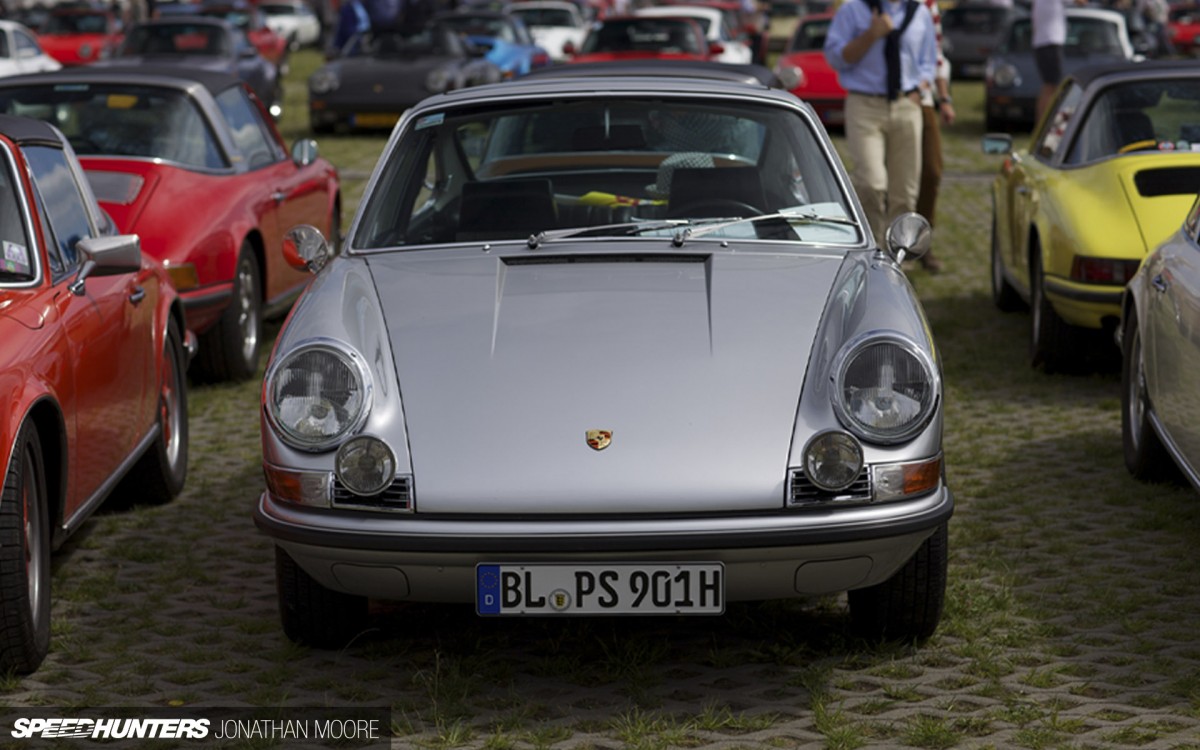
Now, I have no idea if the stylists of the first generation Porsche 911 imagined that their simple yet handsome design would serve as the basis for all 911s for the next half century (and likely beyond), but it’s amazing the way the car has carried over its signature traits throughout history.
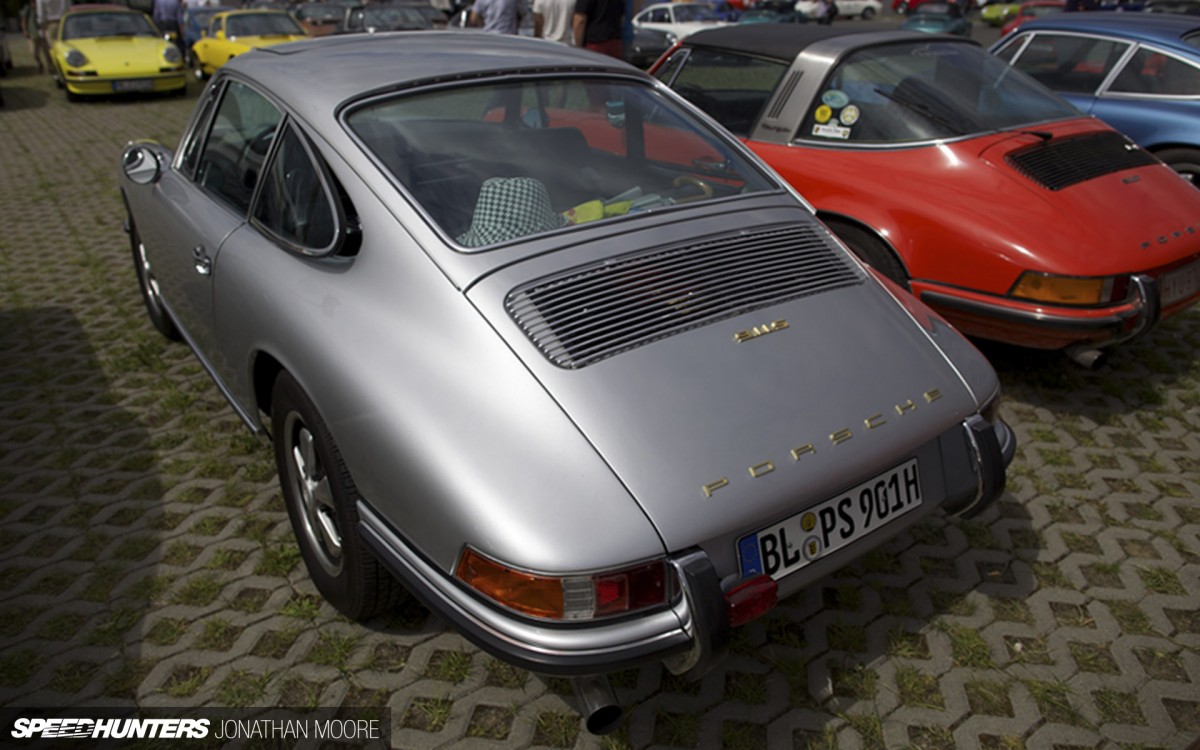
Of course, in terms of design the original 911 was really nothing more than a larger and more modernized take on the styling elements established with the Porsche 356.
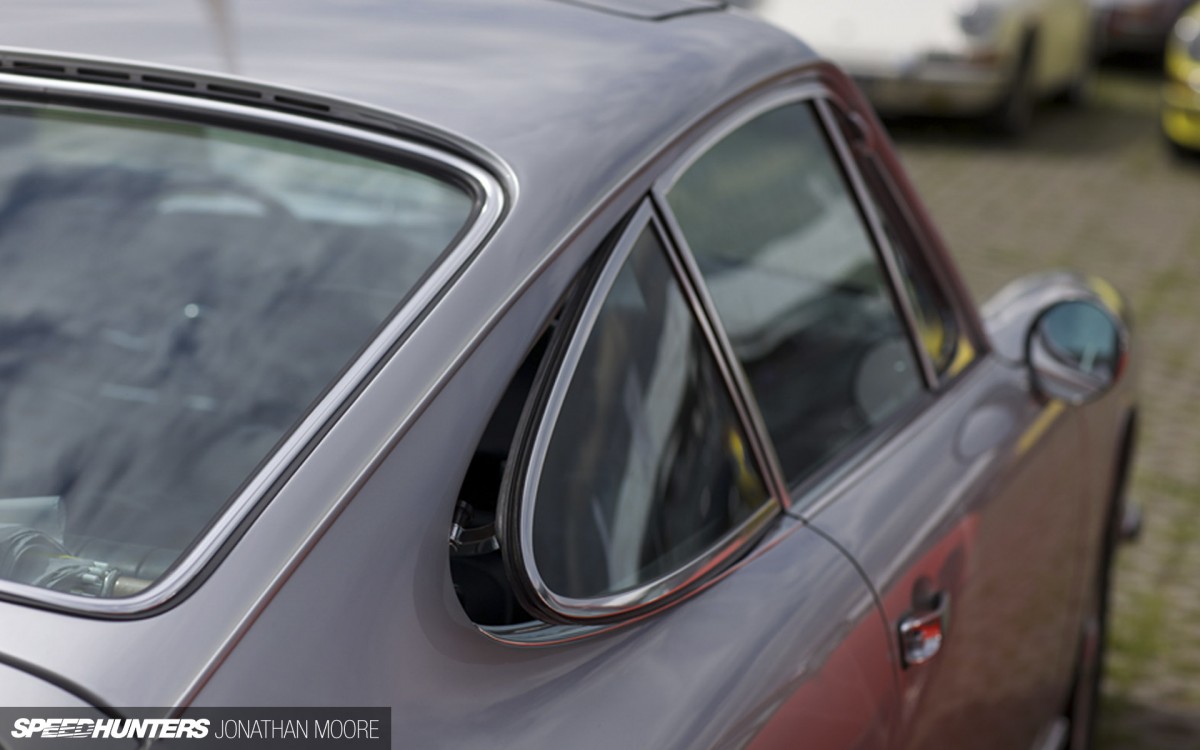
Among the design traits that defined the original Porsche 911 was a swooping rear roofline that fed down to the deck lid…
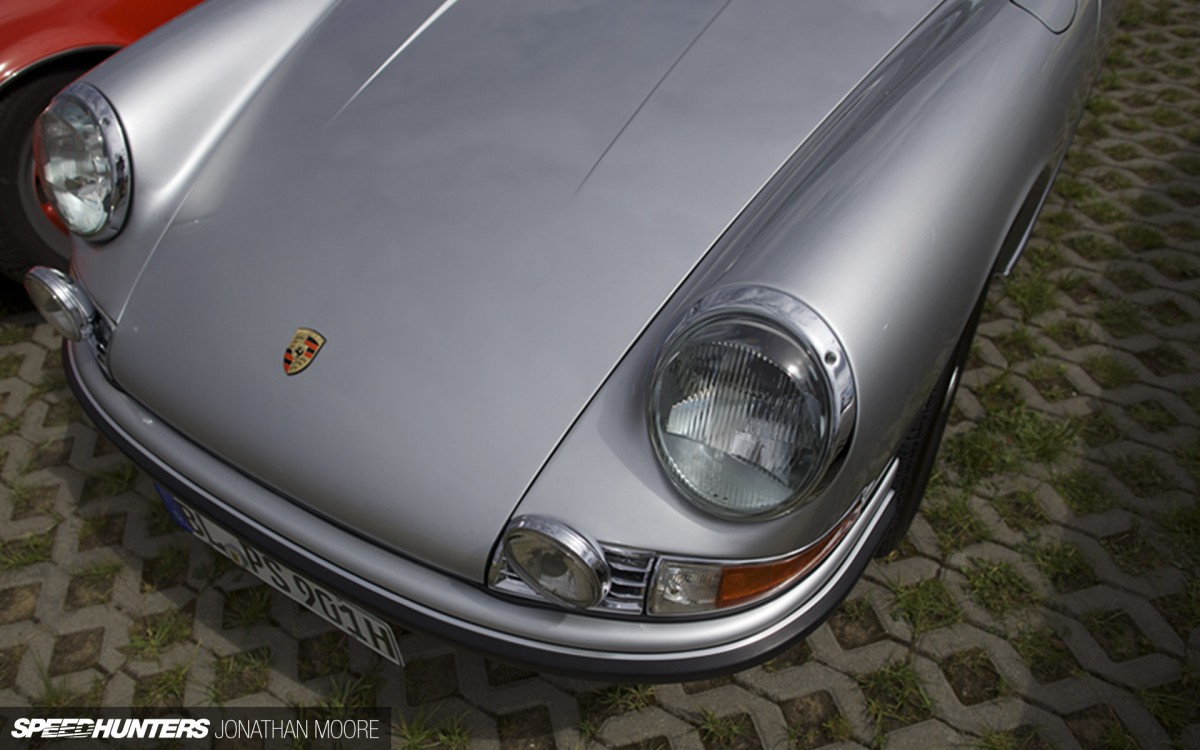
… and a rounded front end with two large round headlamps rising above its front lid. The car was also characterized by front marker lights and tail lamps that wrapped perfectly around the the body lines.
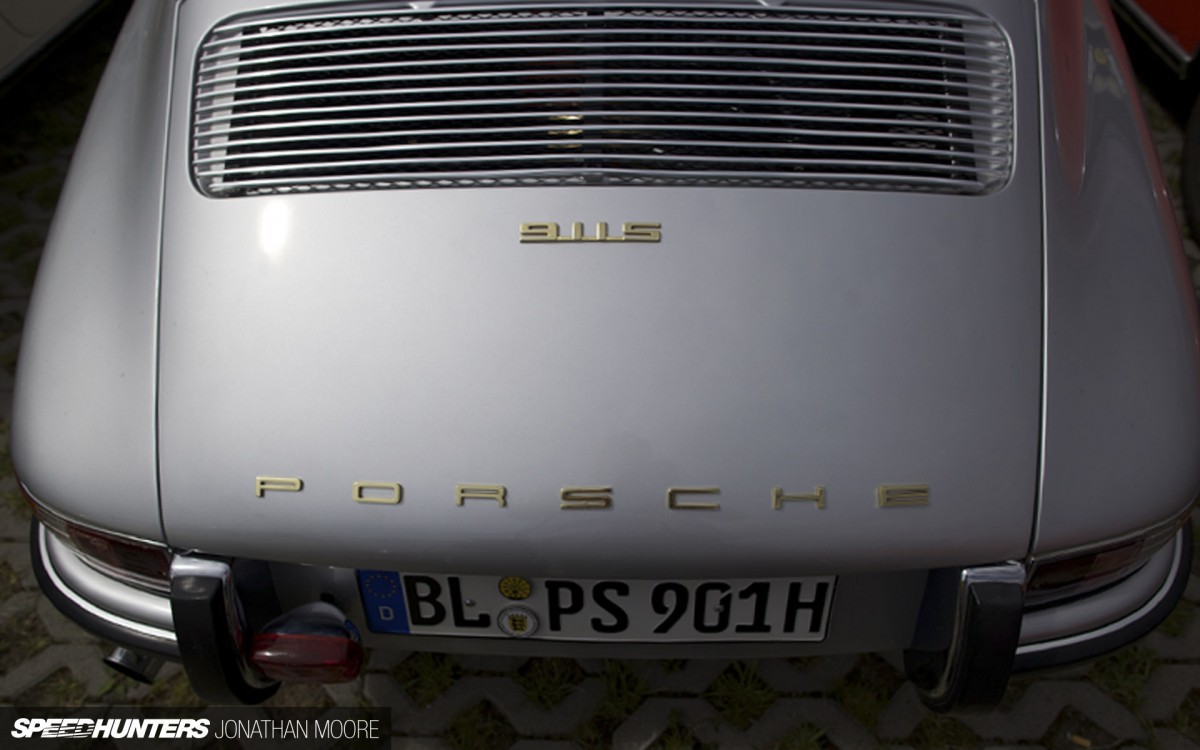
Again, I’m not sure if they knew it at the time, but both mechanically and stylistically Porsche had established a formula for perhaps the world’s greatest sports car – and one that would be constantly refined over the next several decades.
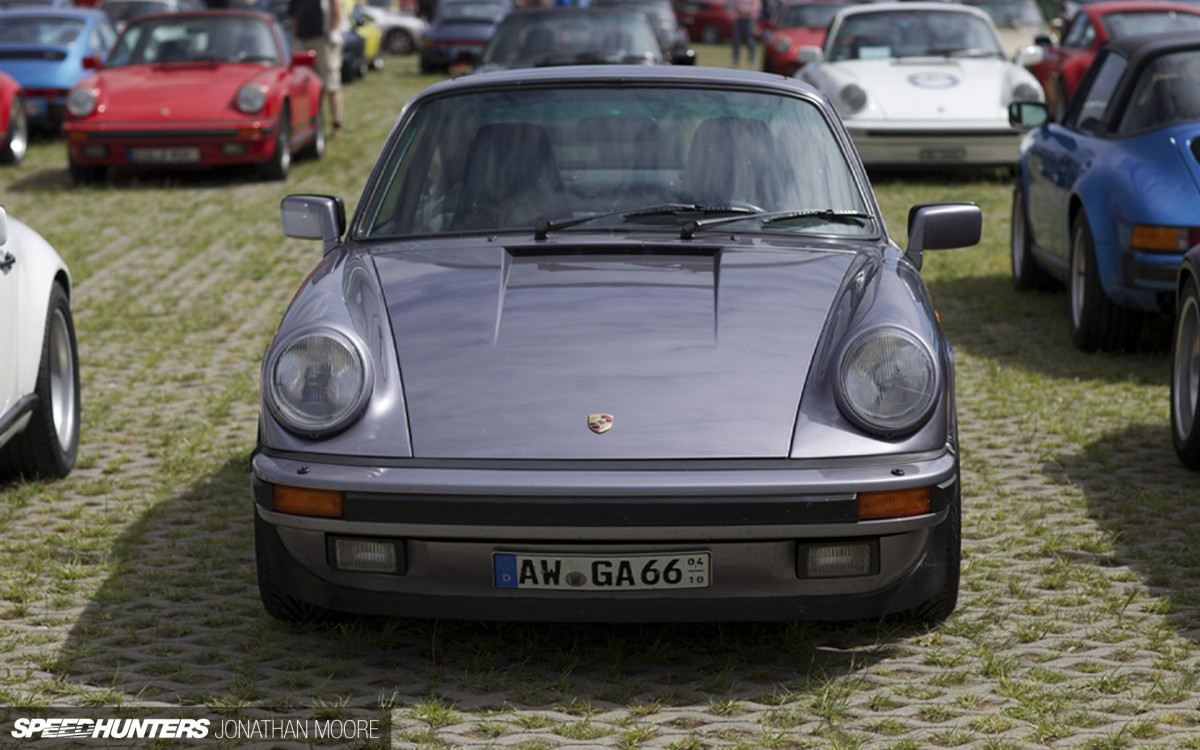
In the mid 1970s factors like the gas crisis and other government regulations had a massive effect on the auto industry, but even in the face of this Porsche introduced an updated version of the 911 that would become just as iconic as the original.

At its core the new 911′s basic styling had changed very little from the original, but the car had been updated in some key areas.
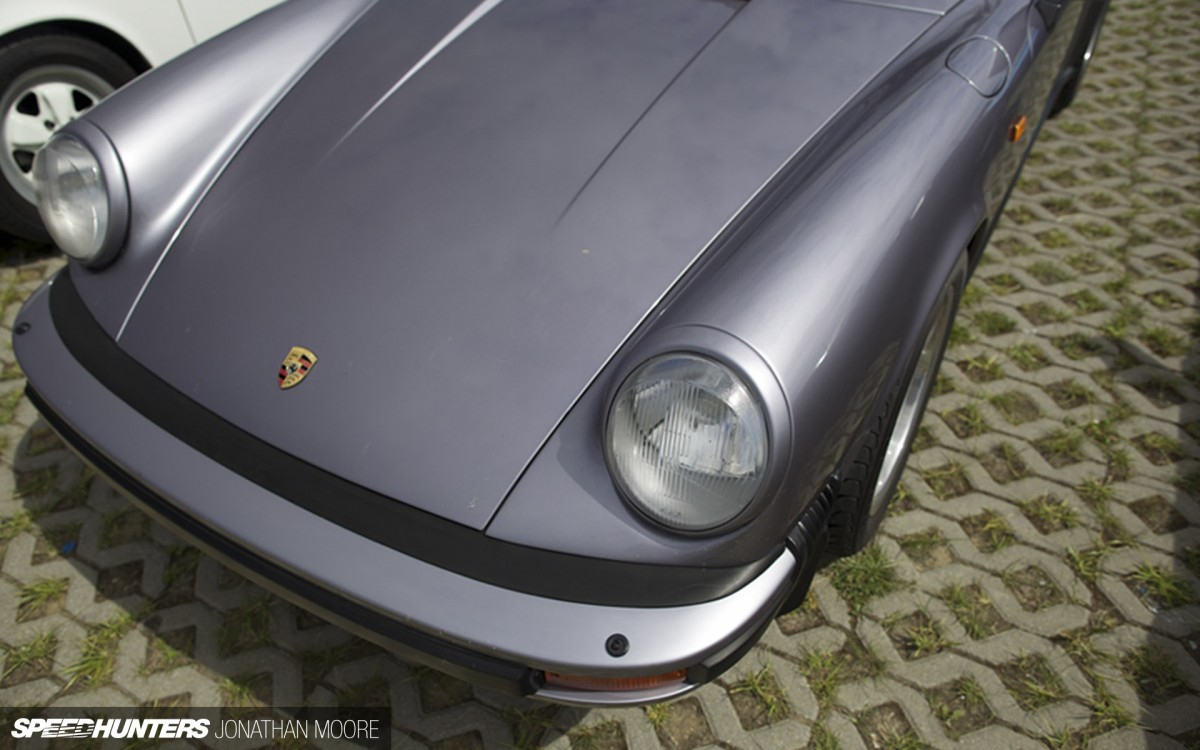
Perhaps the biggest change to the car’s exterior were the bumpers, which had to be enlarged due to US-mandated crash standards.
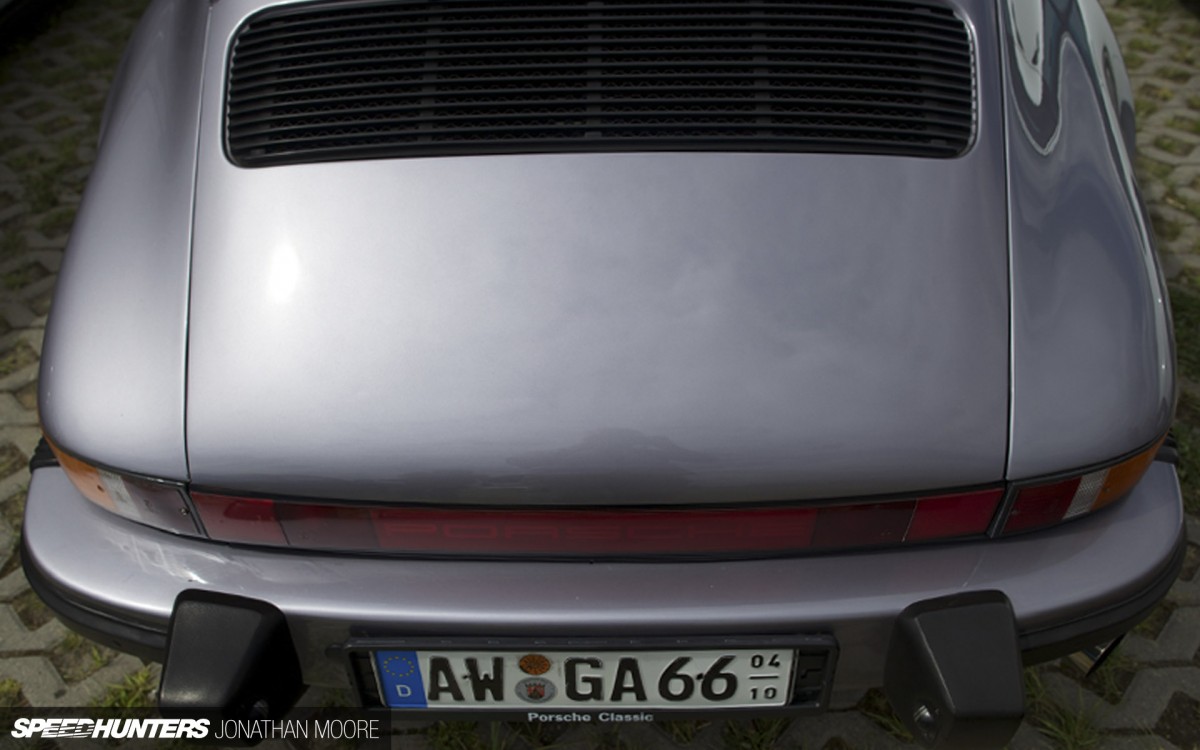
The larger bumpers were a requirement on all cars sold in the United States at this time, and on the majority of cars they looked like something that was stuck on by necessity, greatly detracting from established body lines.
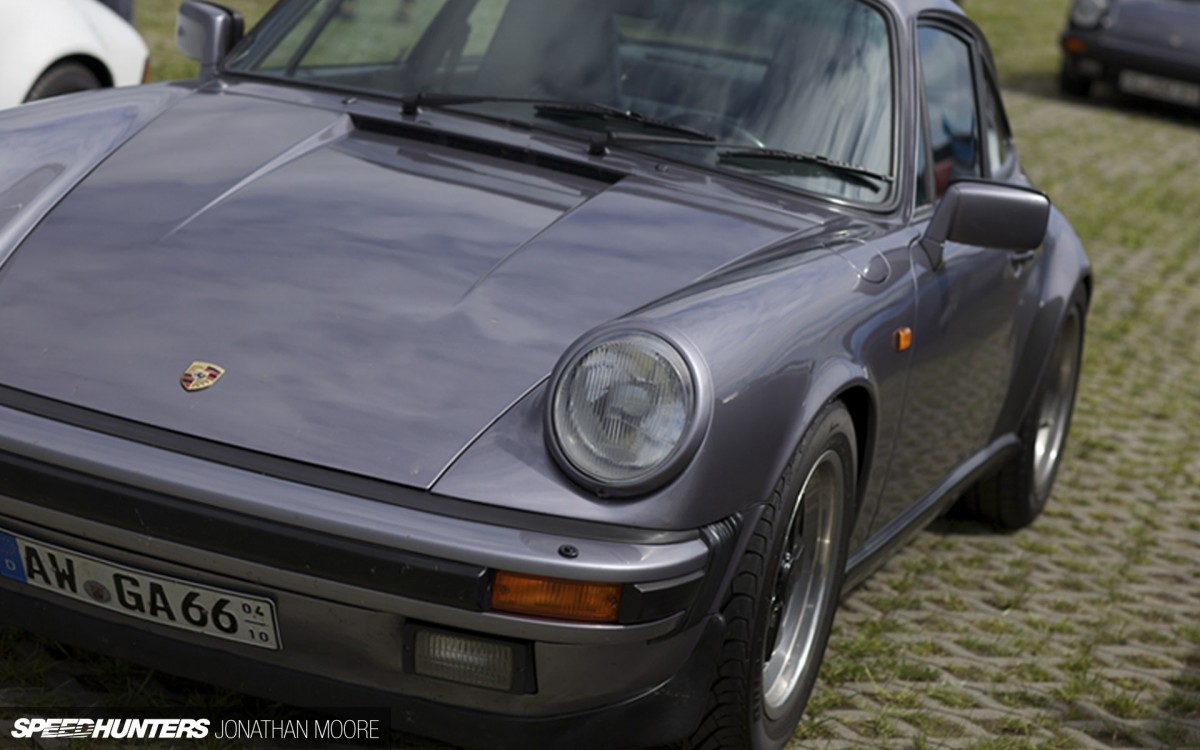
Yet on the 911 these impact bumpers were perfectly integrated into the body, becoming a distinct (and appreciated) part of the car’s styling.
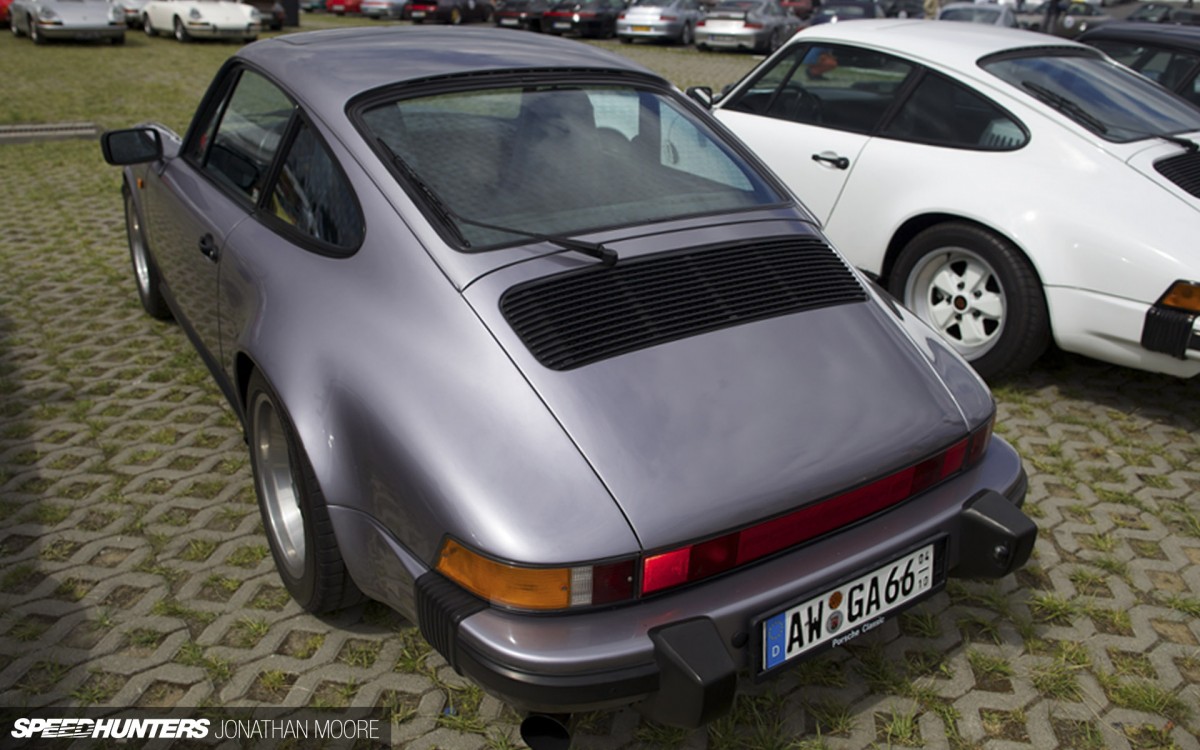
Elsewhere, the 911 featured quarter panels and fenders that had been modestly widened to fit larger sized wheels and tires. The result was a symbol of 1970s sports car attitude.
Into the ’90s…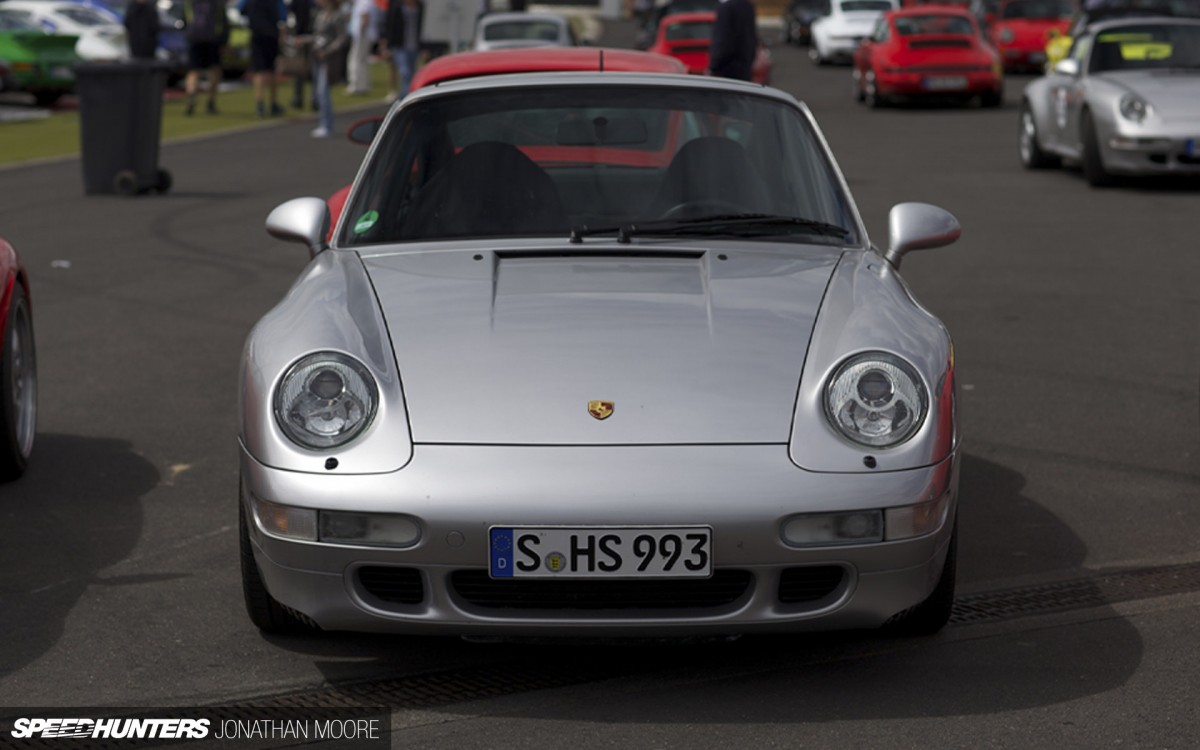
That variant was followed by the 964, which was again a slightly modernized version on the classic 911 with updated bumpers and other small details. This was followed in 1993 by the debut of the 993 model – the last of air-cooled 911s.

The Toni Hatter-designed 993 was based on the body of the 964, but with new panels for a modern, more aggressive look.
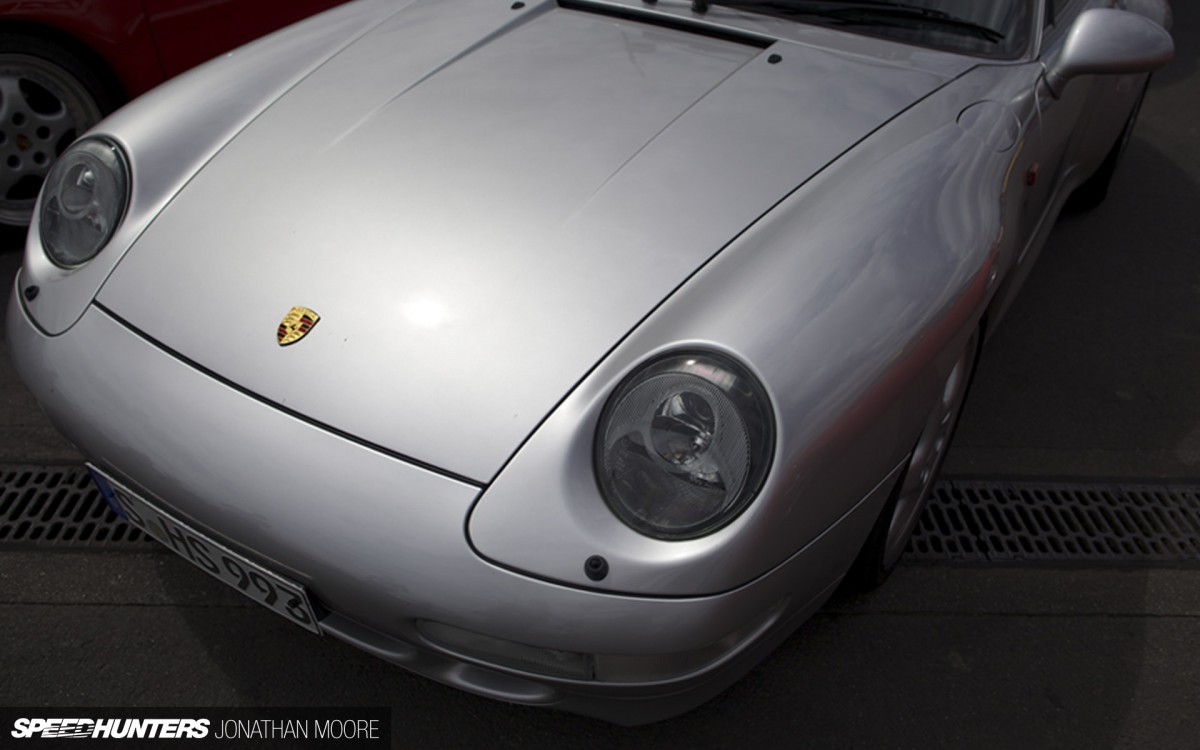
The 993 also borrowed lots of styling traits from the 959 – Porsche’s Group B homologation special – which had come several years earlier. The headlights in particular were heavily inspired by the 959, as was the more aggressive bodywork and larger wheel openings.

Elsewhere though, the car carried on with the same basic lines that had been introduced on the original 911.
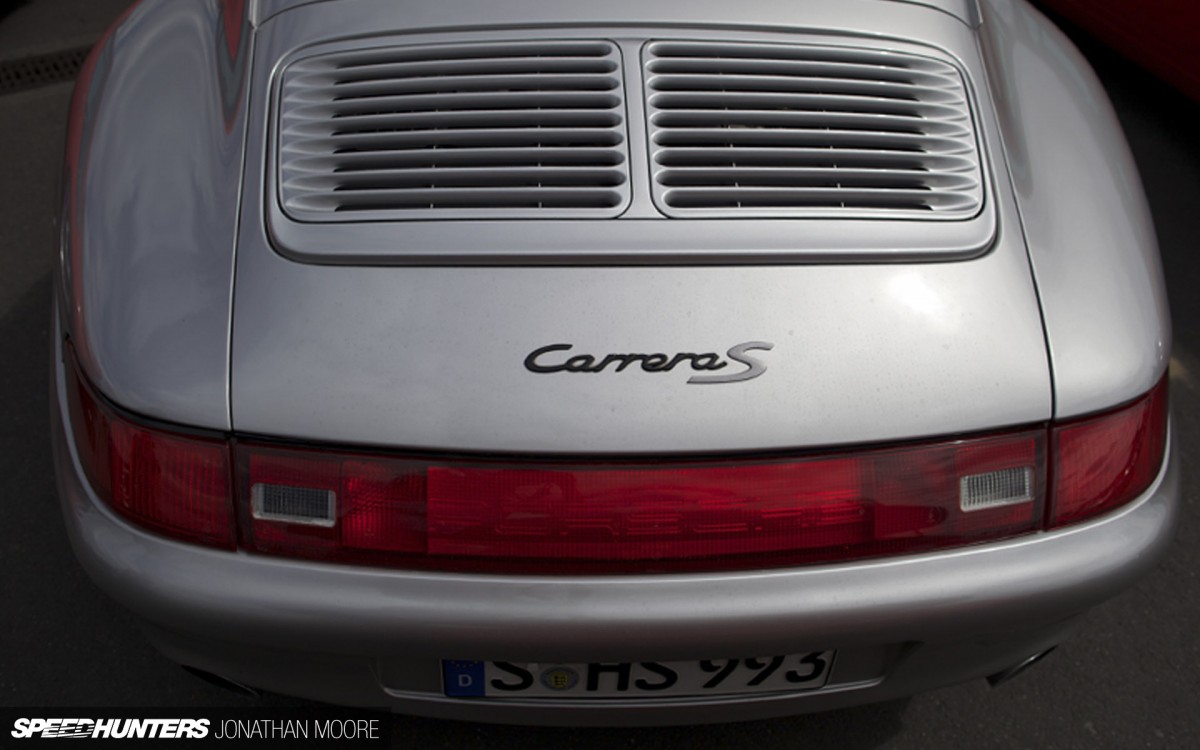
The wrap-around taillights continued, but with a more modern and aero-centric treatment this time.
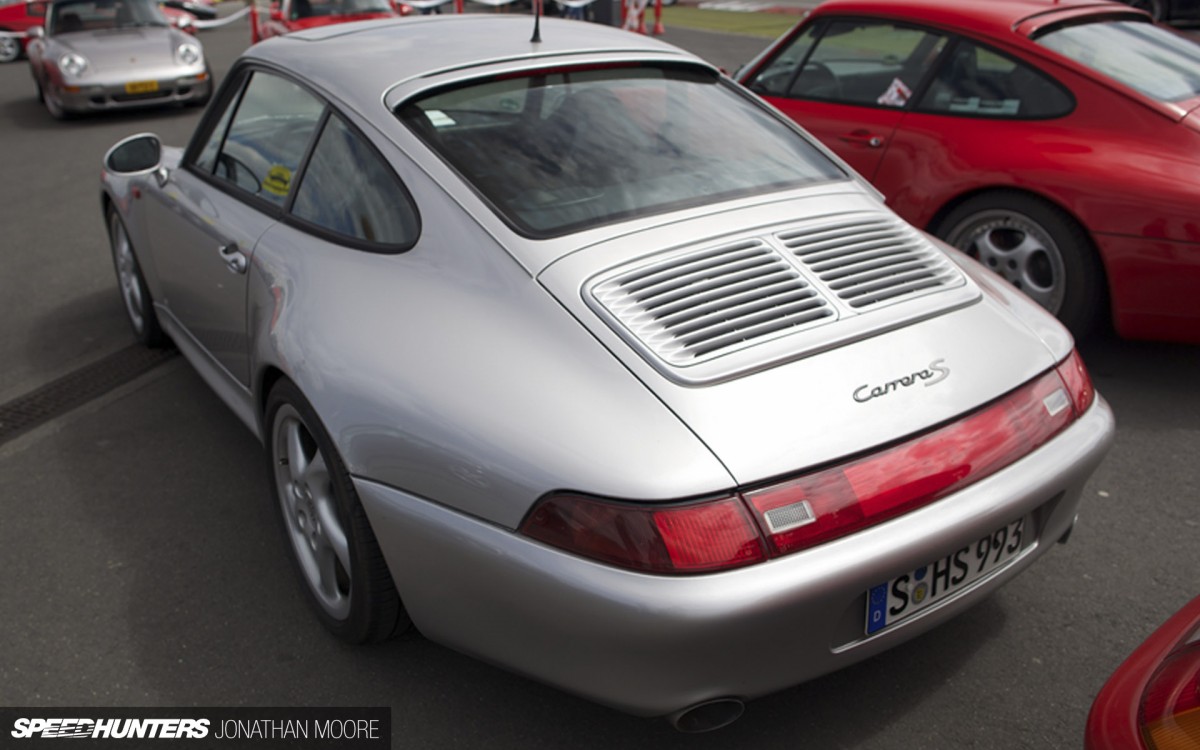
Other touches like smoother, more integrated bumpers and teardrop mirrors helped to make the 993 the ultimate modern iteration of the original 911.

In 1998 the Porsche 911 took the biggest leap in its history with the debut of the 996 model. Along with the introduction of a water-cooled engine, the 996 also featured a body that for the first time didn’t carry any parts over from the previous models.
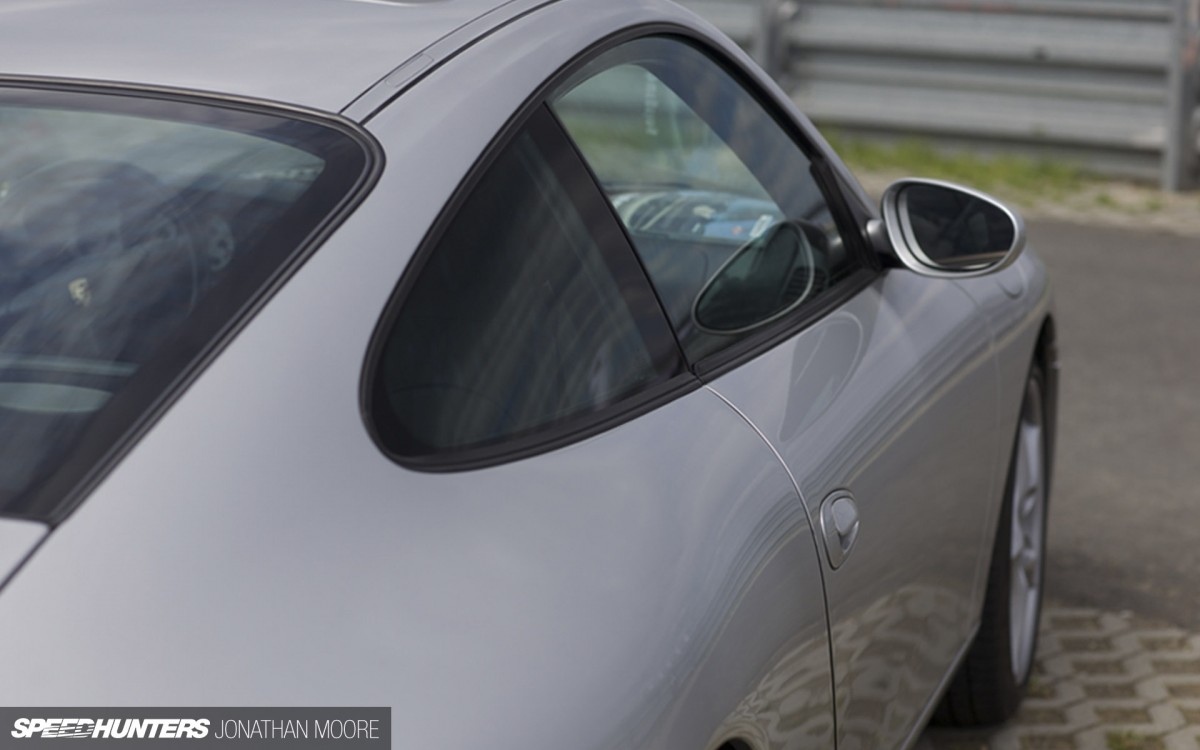
Yet, while the body was new from the ground up, designer Harm Lagaay took great care to preserve the shape and identity that had become so closely associated with the 911.
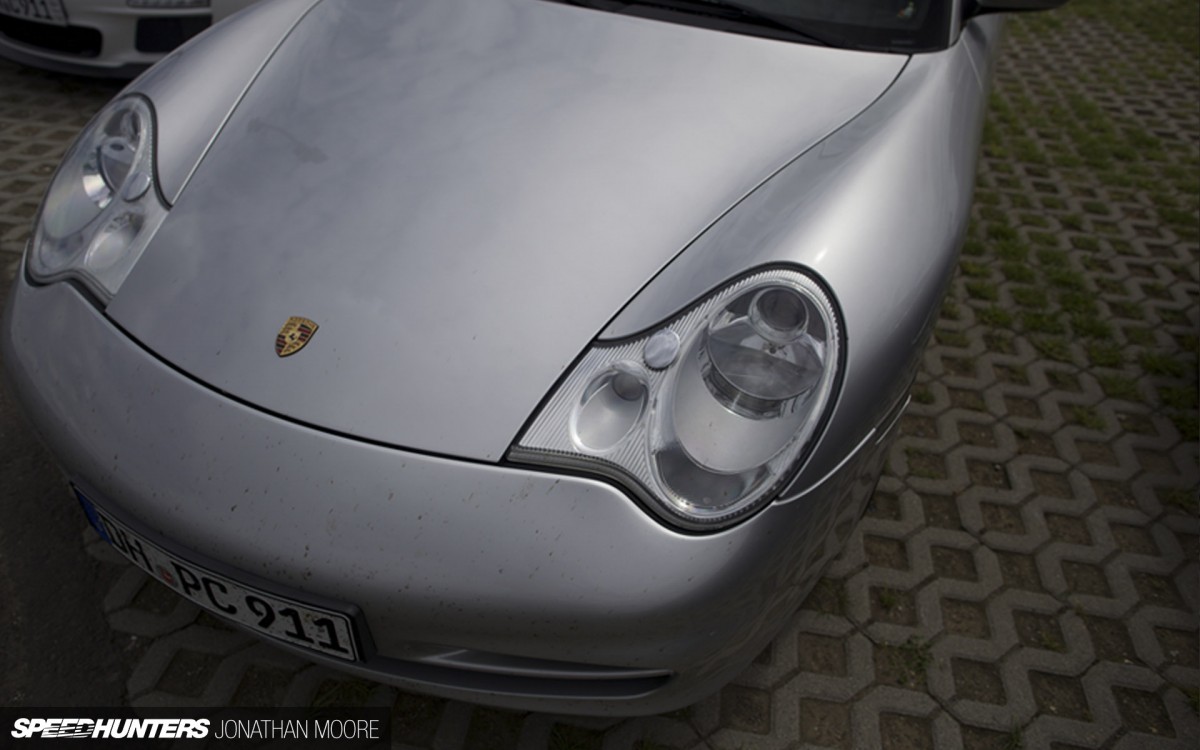
One of the biggest changes on the design of the 996 were headlights that departed from the round shape that had been on every previous 911. The new lights would turn out to be one of the more polarizing features of the car.
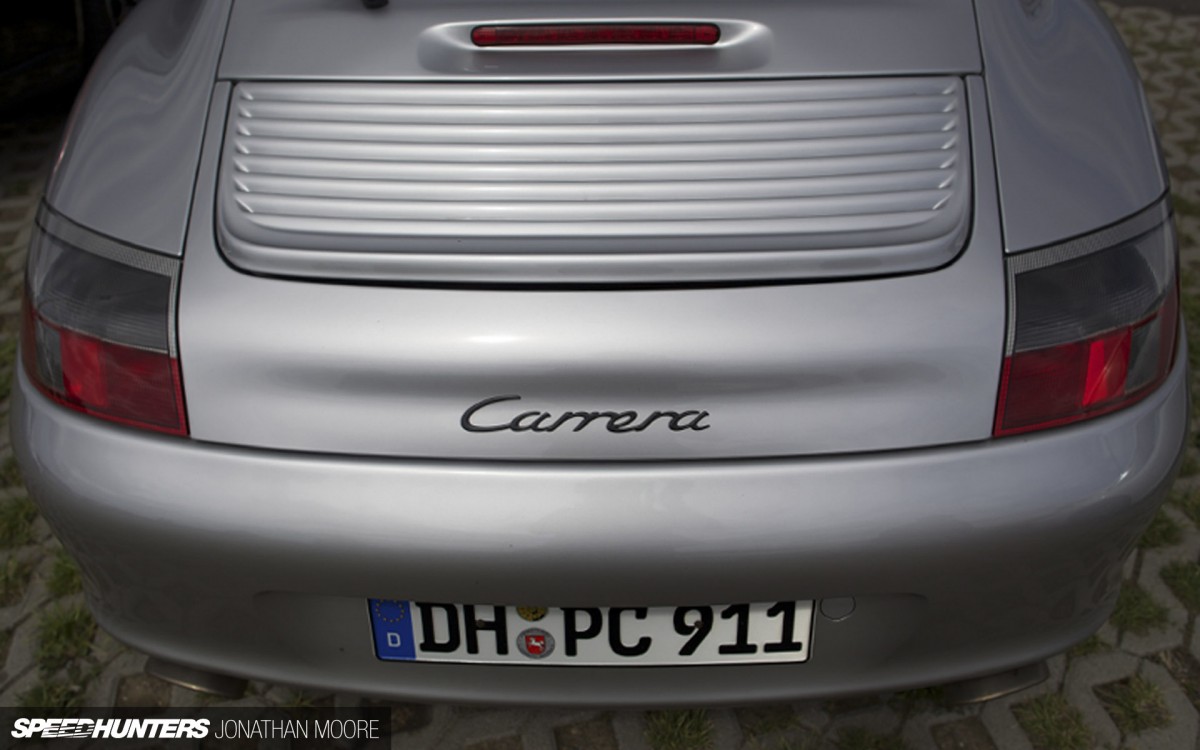
Additionally, the reverse lights were moved back above the taillights rather than being center-mounted as they were on the 993.
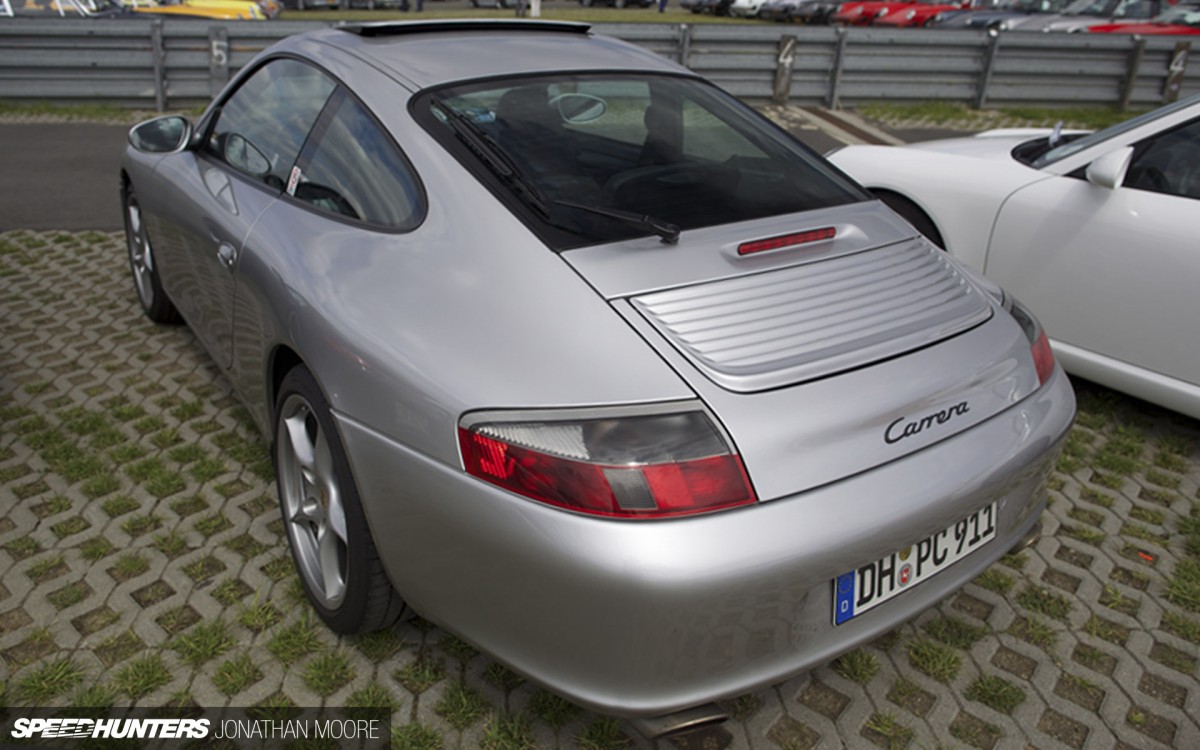
The 996 would really set the tone for all the contemporary 911s – thoroughly modern styling that kept the basic tradition of the car alive.
997 and beyond…
For the 2005 model year the new 997 model arrived to replace the 996.
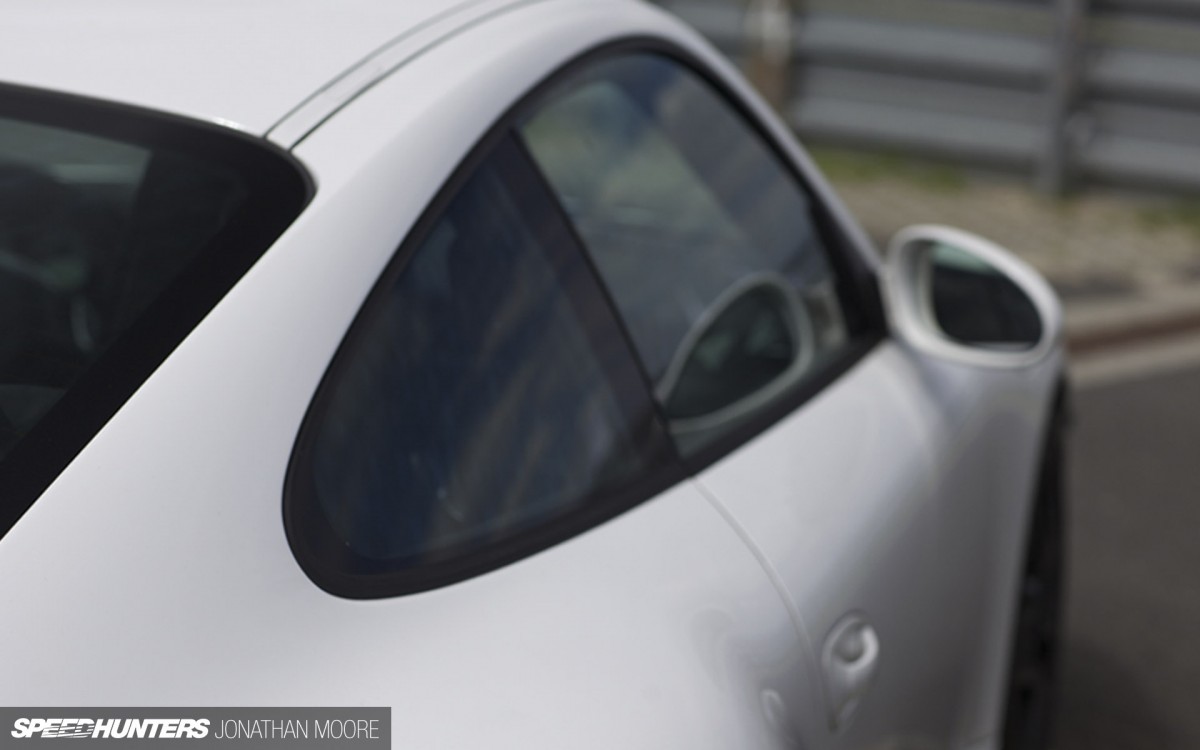
Once again, the changes to the styling of the car were minor. The basic shape of the 996 carried over, but rear body work had been widened by 88 millimeters.
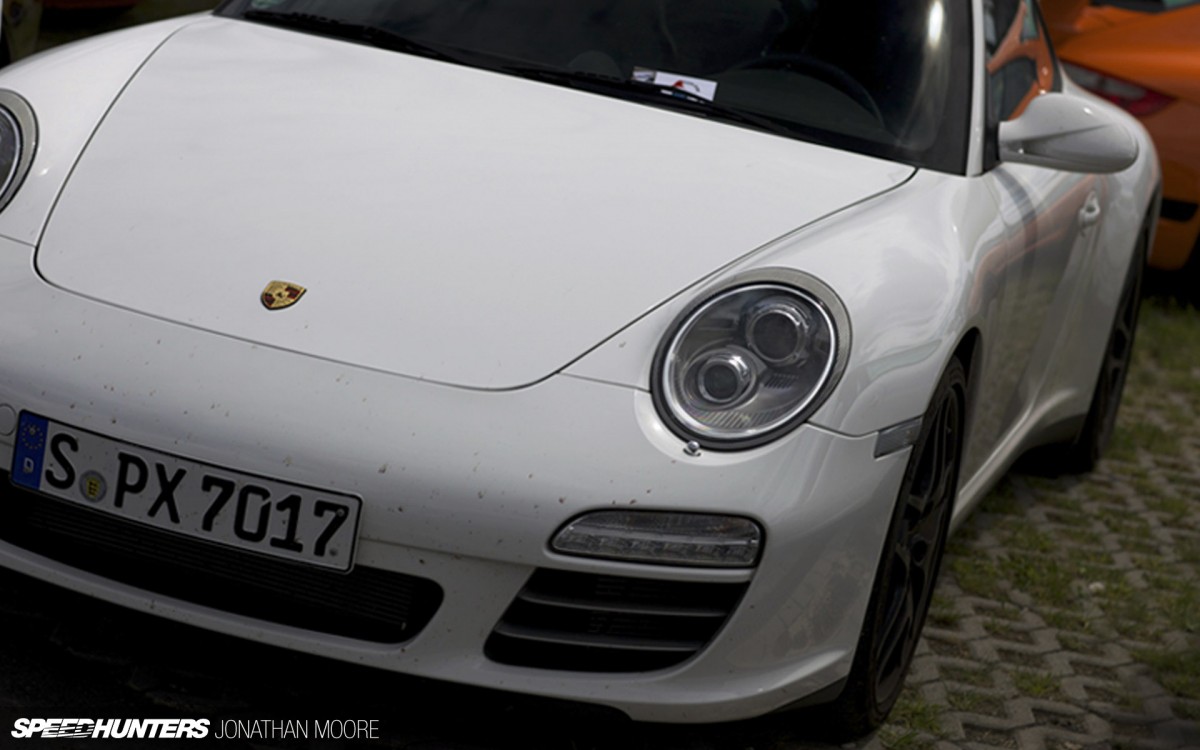
The largest styling change on the 997 came up front.

Gone were the slightly awkward shaped headlights of the 996 and in its place a set of simpler round lamps with a double projector set-up.

In the fall of 2011 we saw the debut of the current 991 model, and to nobody’s surprise the changes to the styling were once again an evolutionary step forward rather than a complete overhaul.

The choice to stick with familiar styling was again deliberate one, as the 991 rides on an entirely new platform despite it’s relatively minor exterior changes.

Up front, the 991 has more pronounced headlights and wider directional lamps with LEDs – as is becoming commonplace on many of today’s cars.
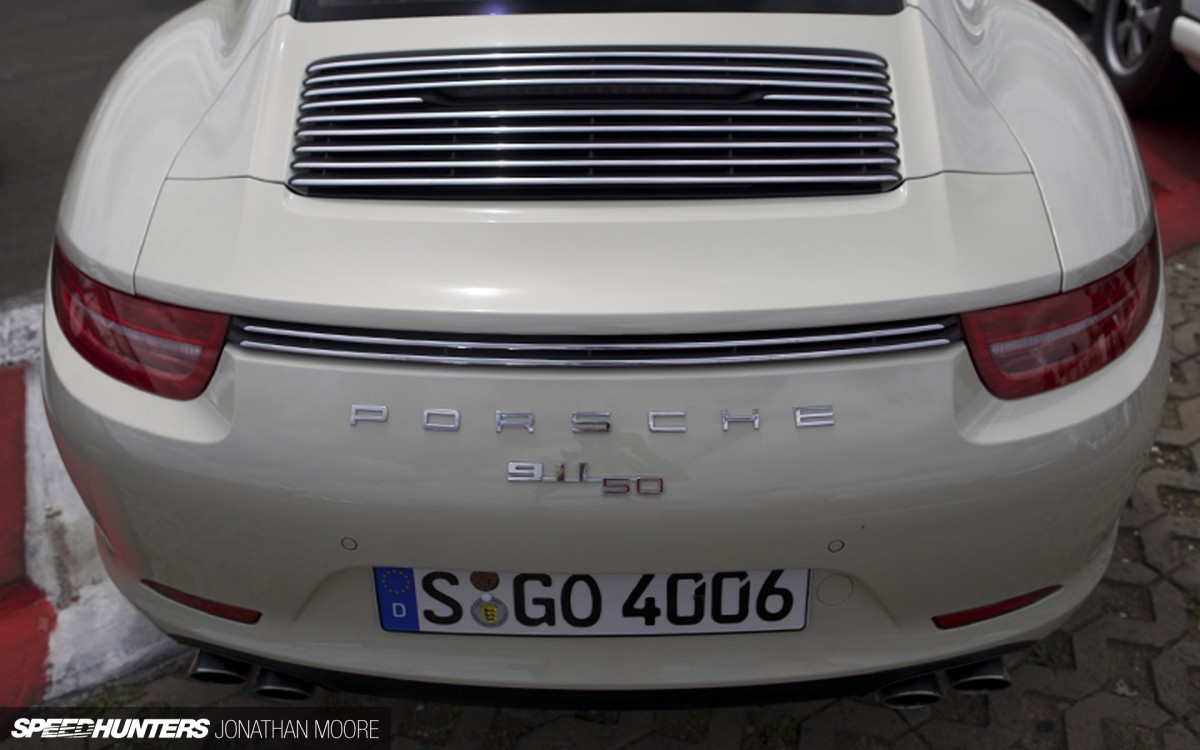
Slightly more substantial changes come in the rear, which now features thinner, wider set tail lamps that are recessed into the body.
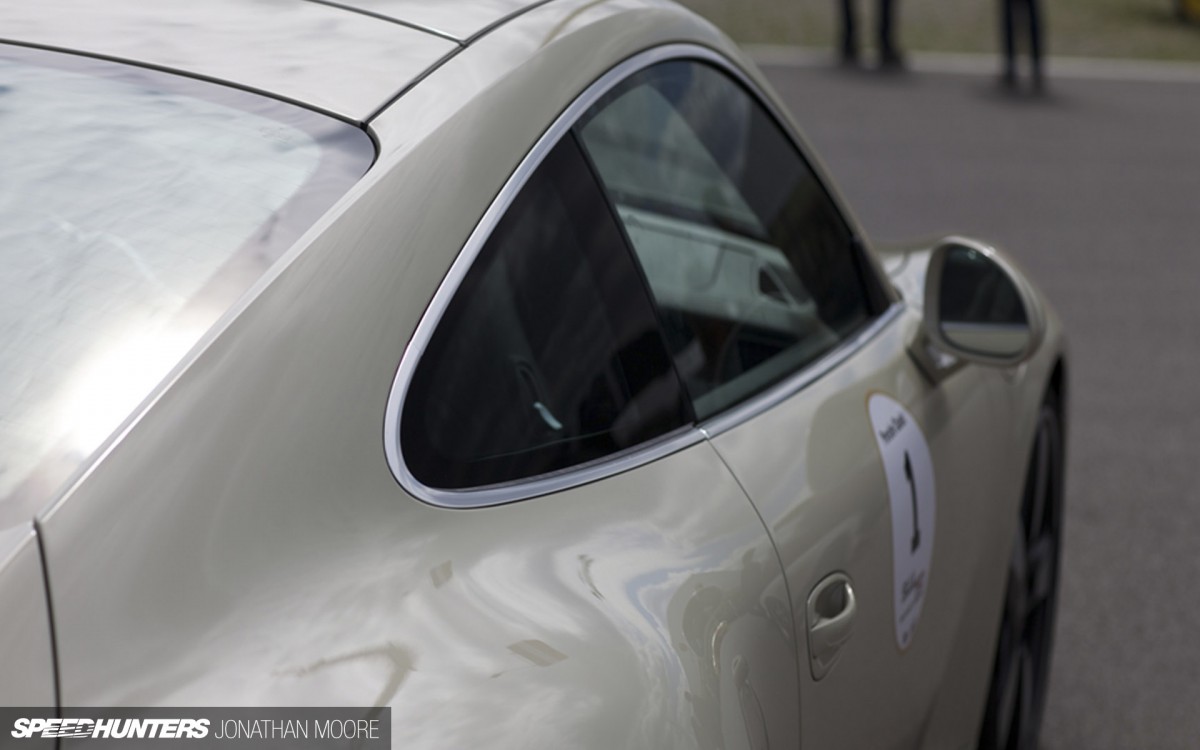
While lots of our favorite cars have continuously reinvented themselves over the years, the Porsche 911 is one that has stayed amazingly true to its roots. Sure it’s gotten larger, faster, safer over the last five decades, but its identity has remained amazingly pure since the first car rolled out at Frankfurt in 1963. It’s also the big reason why no 911 has ever really looked dated.

This evolutionary philosophy has not only made the 911 one of the world’s most iconic and most easily recognized cars, it’s also served as a familiar window through which we’ve watched the auto industry change over the last 50 years. While we can only imagine the technological advances that the 911s of the future will have, there’s little doubt that the cars will continue to carry the same familiar shape that so many have fallen in love with over the last half century.





